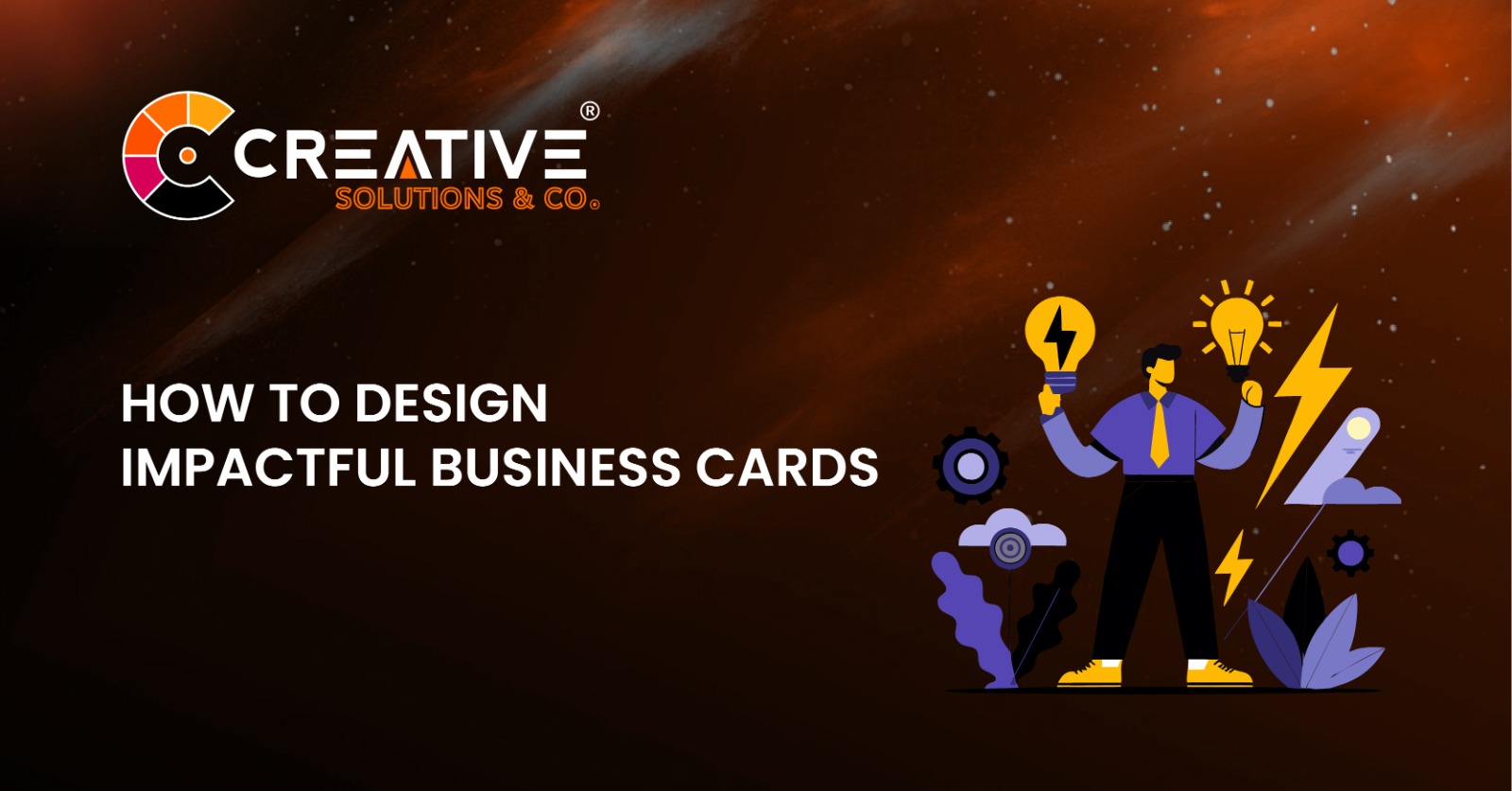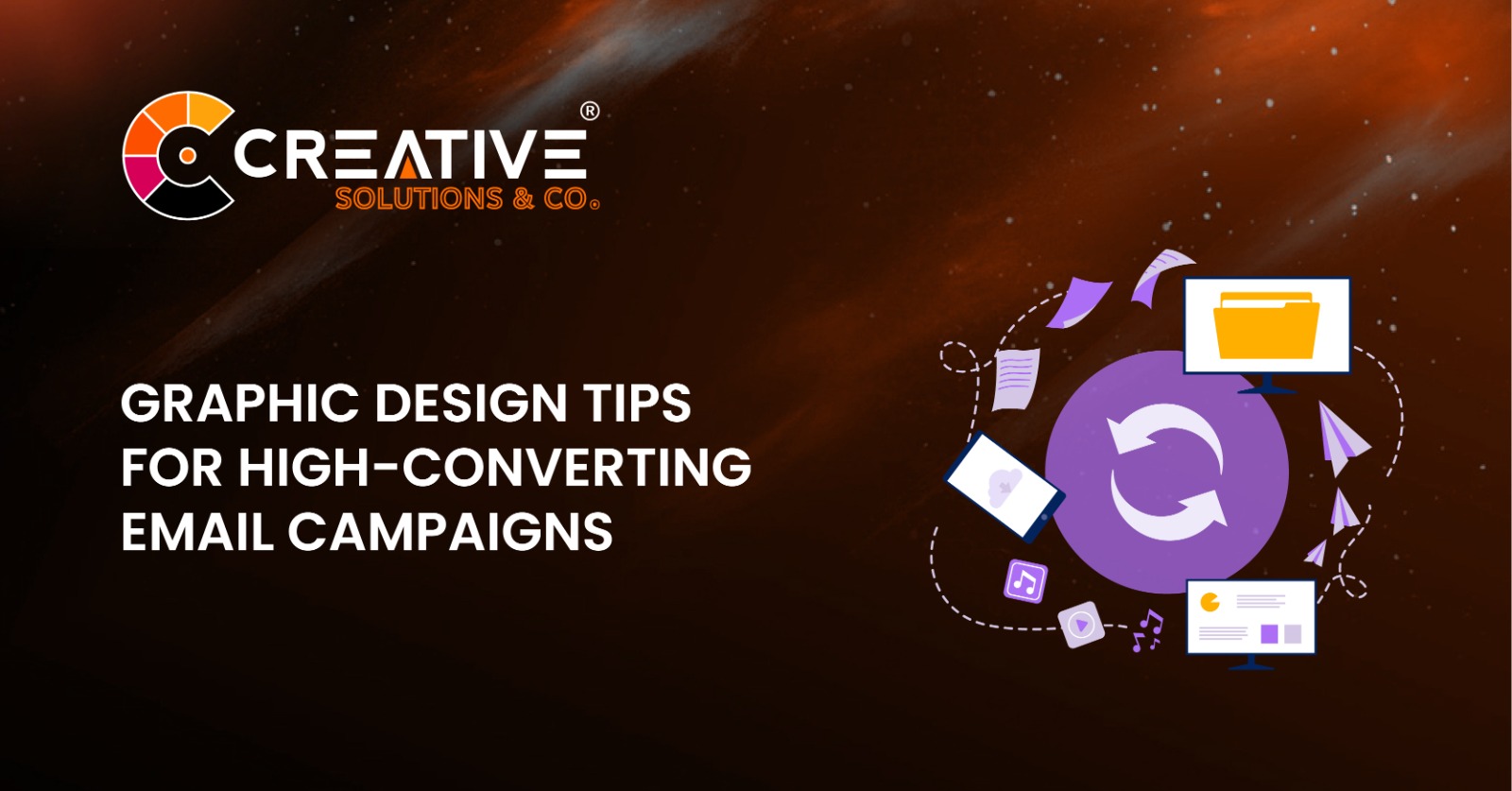Have you ever received a business card that felt unforgettable? A great business card is more than a piece of paper; it’s a mini billboard for your brand. So, how do you create one that’s impactful? In this guide, we’ll walk through everything you need to know about how to design impactful business cards that leave a lasting impression and stand out in a crowded world.
Table of Contents For How to Design Impactful Business Cards
| Sr# | Headings |
|---|---|
| 1 | Why Business Cards Still Matter |
| 2 | Understanding the Basics of Business Card Design |
| 3 | Choosing the Right Size and Shape |
| 4 | The Importance of Branding |
| 5 | Crafting an Engaging Layout |
| 6 | Using Colors Effectively |
| 7 | Selecting the Right Typography |
| 8 | Incorporating Logos and Graphics |
| 9 | Highlighting Key Information |
| 10 | Enhancing with Finishing Touches |
| 11 | Avoiding Common Design Mistakes |
| 12 | Eco-Friendly Business Card Options |
| 13 | Digital Business Cards: A New Frontier |
| 14 | Testing and Getting Feedback |
| 15 | Final Tips for Success |
1. Why Business Cards Still Matter
Despite living in a digital age, business cards remain essential. Why? Because they’re tangible, personal, and immediate. Unlike a social media profile, a business card is a physical reminder of who you are and what you do. Think of it as your personal handshake in card form.
First Impressions Count
When meeting someone for the first time, handing over a thoughtfully designed business card makes a statement. It shows you’re professional and prepared.
2. Understanding the Basics of Business Card Design
What Makes a Good Business Card?
A good business card should be:
- Clear: Information should be easy to read.
- Visually Appealing: Design elements should complement your brand.
- Durable: Choose quality materials that last.
3. Choosing the Right Size and Shape
Standard Sizes
Most business cards are 3.5 x 2 inches. This size fits easily into wallets and cardholders. However, don’t be afraid to explore unconventional shapes and sizes if it suits your brand.
Unique Shapes
Square, circular, or even custom die-cut cards can make your card memorable. For example, a photography studio could use a card shaped like a camera.
4. The Importance of Branding
Your business card should reflect your brand’s personality. Think of it as a tiny ambassador for your business.
Consistency is Key
Ensure your logo, colors, and fonts align with your website, social media, and other branding materials.
5. Crafting an Engaging Layout
Balanced Composition
Distribute text, images, and white space evenly. A cluttered card is hard to read and unprofessional.
Front vs. Back
Use the front for essential information and the back for branding or a call to action, like a QR code linking to your portfolio.
6. Using Colors Effectively
Choosing a Color Scheme
Colors evoke emotions. Blue conveys trust, while red signifies passion. Pick colors that align with your industry and message.
Contrast for Readability
Ensure the text contrasts sharply with the background for easy reading.
7. Selecting the Right Typography
Font Selection
Stick to 1-2 fonts for a clean look. Sans-serif fonts are modern, while serif fonts exude elegance.
Font Size Matters
Keep text sizes readable, even for smaller details like contact information.
8. Incorporating Logos and Graphics
Your Logo is Your Identity
Place your logo prominently but not overpoweringly. It’s the visual anchor of your card.
Use Relevant Graphics
Icons or subtle patterns can enhance design without distracting from the main message.
9. Highlighting Key Information
What to Include
- Name
- Title
- Company Name
- Contact Information (phone, email, address)
- Website or Portfolio Link
What to Avoid
Too much text can overwhelm you. Stick to essentials.
10. Enhancing with Finishing Touches
Textured Finishes
Matte, glossy, or embossed finishes can make your card stand out when touched.
Special Features
Foil stamping, spot UV, or rounded edges can add a premium feel.
11. Avoiding Common Design Mistakes
Mistake #1: Overcrowding
Too much information makes your card hard to read.
Mistake #2: Poor Quality Printing
Invest in high-quality printing to avoid blurry text or images.
12. Eco-Friendly Business Card Options
If sustainability matters to your brand, consider recycled paper or plantable cards that grow into flowers or herbs when planted.
13. Digital Business Cards: A New Frontier
With technology advancing, digital business cards are gaining traction. Apps like HiHello allow you to share contact details with a tap, reducing paper waste.
14. Testing and Getting Feedback
Before printing hundreds of cards, create a prototype. Share it with friends or colleagues to gather feedback.
15. Final Tips for Success
Always Carry Them
You never know when an opportunity will arise. Keep a few cards in your wallet at all times.
Keep It Updated
If your contact details change, update your cards immediately.
Conclusion
Designing impactful business cards is about combining creativity with practicality. By following these steps, you can create cards that not only look amazing but also leave a memorable impression. So, what are you waiting for? Start designing your perfect business card today!
FAQs About How to Design Impactful Business Cards
1. What are the key elements of a good business card?
A good business card includes clear contact information, a visually appealing design, and quality materials that reflect your brand.
2. How can I make my business card stand out?
Use unique shapes, vibrant colors, textured finishes, or special features like foil stamping to make your card memorable.
3. Are digital business cards better than traditional ones?
Both have their advantages. Digital cards are eco-friendly and easy to update, while traditional cards are tangible and personal.
4. How much does it cost to design and print business cards?
Costs vary depending on materials, finishes, and quantity. Basic cards can be affordable, while premium features may cost more.
5. Can I design business cards myself?
Yes! Tools like Canva and Adobe Express offer templates for easy DIY business card design.







